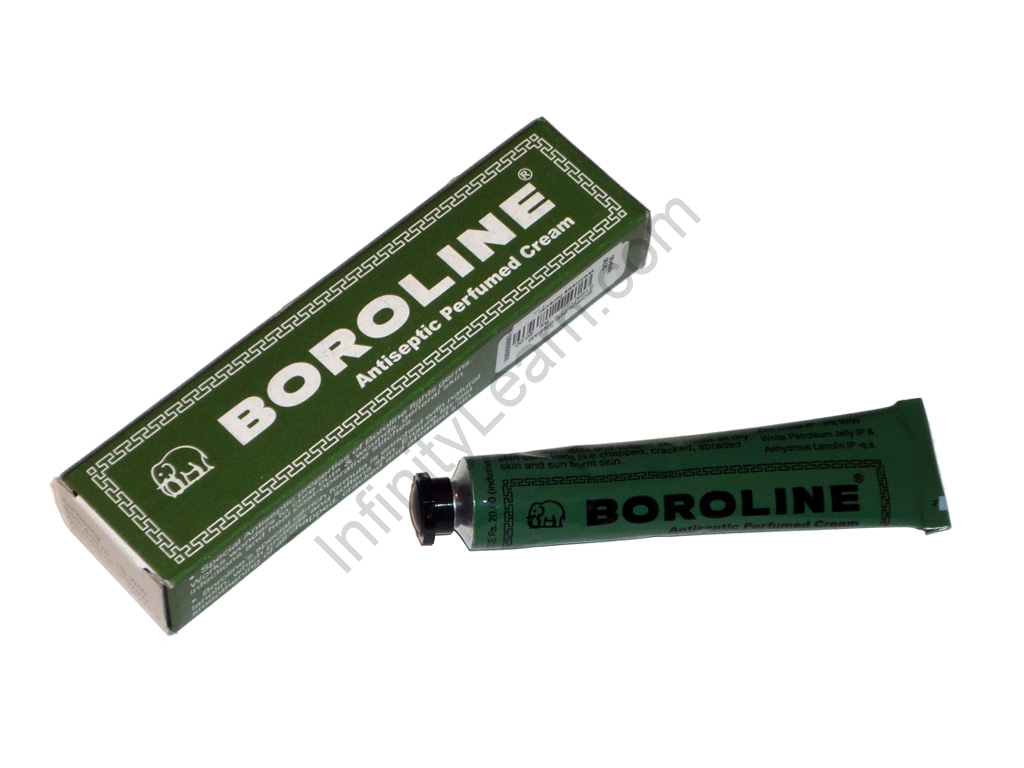Table of Contents

Introduction:
Antiseptics are topical medications that are administered to the skin. They have the ability to lower the number of germs that live on the skin, in wounds, and in mucous membranes. The cost, efficacy, applications, and potential negative effects of various antiseptics vary. Before doing medical operations such as extracting blood or performing surgery, healthcare staff frequently apply antiseptics. Over-the-counter antiseptics are also available for cleaning and treating small wounds. Some may also be appropriate as a soap alternative. Antiseptics can be used to clean regions of injured skin, intact skin, and mucous membranes. Antibacterials, disinfectants, and antibiotics all provide similar but somewhat distinct functions.
An antiseptic is an antibacterial agent or compound that is administered to living tissue/skin to prevent infection, sepsis, or putrefaction. Antiseptics are distinguished from antibiotics by their capacity to eradicate germs within the body safely and from disinfectants by their ability to destroy microorganisms found on non-living surfaces.
Antibacterials are antiseptics that have been shown to be effective against bacteria. Viricides and antivirals are microbicides that kill virus particles. Antifungals, commonly known as antimycotics, are fungicides used in the treatment and prevention of mycosis (fungal infection).
Some well-known antiseptics:
- Antiseptics are classified into around eight different types of materials. These types can be further split according to their mode of action: tiny chemicals that inexplicably react with organic substances to kill germs (peroxides, iodine, phenols) and more complicated molecules that destroy bacterial cells walls.
- Phenols such as phenol (as defined by Lister) and triclosan, hexachlorophene, chlorocresol, and chloroxylenol The latter is used to disinfect the skin and clean surgical tools. It’s also found in a variety of home disinfectants and wound cleansers.
- Diguanides include chlorhexidine gluconate, a bacteriocidal antiseptic that is the safest and most effective antiseptic for minimizing the risk of infection after clean surgery, including tourniquet-controlled upper limb surgery (when combined with an alcoholic solvent). It is also used in mouthwashes to alleviate gum irritation (gingivitis). Polyhexanide (PHMB) is an antibacterial chemical that may be used in both acute and chronic wounds that are heavily colonized or infected. The physicochemical impact on the bacterial envelope either inhibits or delays the generation of resistant bacterial strains.
- Quinolines such as hydroxyquinoline, dequalium chloride, and chlorquinaldol are examples of quinolines.
- Surgical spirit is a term used to describe alcohols such as ethanol and 2-propanol/isopropanol. They are used to sterilize the skin before injections, among other things.
- Hydrogen peroxide and benzoyl peroxide are examples of peroxides. In the past, 3 percent hydrogen peroxide solutions were commonly used in domestic first aid for scrapes, cuts, and so on. The severe oxidization, on the other hand, induces scar formation and lengthens healing time during fetal development.
- Iodine, particularly povidone-iodine, is frequently used because it is well-tolerated, does not interfere with wound healing, leaves a deposit of active iodine, resulting in the so-called “remnant,” or permanent effect, and has a broad spectrum of antibacterial action.
- An alcohol solution (called tincture of iodine) or Lugol’s iodine solution is the conventional iodine antiseptic.
- Octenidine dihydrochloride is being used more often in continental Europe as a chlorhexidine replacement.
- Quat salts such as benzalkonium chloride/Lidocaine (trade names include Bactine), cetylpyridinium chloride, and cetrimide. Cell walls are disrupted by these surfactants.
Uses of Antiseptics
Antiseptics are classified into numerous categories. Some are safe to use at home, while others should only be used in clinical or hospital settings. Among the most frequent types of antiseptics are:
- before operations, quaternary ammonium compound chlorhexidine and other diguanides are used
- antibacterial dye, to treat burns and wounds
- peroxide and permanganate, to disinfect the skin or use as a mouthwash halogenated
- phenol derivative, in soaps and solutions
- quinolone derivative treats wounds and can be an ingredient in throat lozenges
Antiseptics vs. disinfectants
Antiseptics, such as peroxides, are used to destroy bacteria on the skin and mucous membranes. Disinfectants can eliminate germs from items, whereas antiseptics kill them on the skin.
Chemicals are used to create disinfectants and antiseptics. In reality, they frequently contain comparable active components. Disinfectants, on the other hand, contain greater concentrations that are not suited for use on the skin or mucous membranes.
Antiseptics vs. antibiotics
Antibiotics are prescription medications that are used to treat bacterial infections. Bacterial infections can be treated with both antiseptics and antibiotics. Both forms can be applied to the skin or mucous membranes. Antibiotics, on the other hand, can be used orally to treat a range of illnesses within the body.
Antiseptics vs. antibacterials
Antibacterials are another type of chemical that may be used to clean skin. Antibacterials are frequently found in soaps and sprays. Antibacterial sprays are excellent in killing germs or slowing their development. They do not, however, destroy or prevent viruses from developing. Antiseptics, on the other hand, can either kill or inhibit the growth of viruses, bacteria, and fungus.
FAQs
Is bleach an antiseptic or a disinfectant?
Bleach is a strong disinfectant whose main constituent, sodium hypochlorite, destroys bacteria, fungi, and viruses, including the influenza virus, albeit it is quickly inactivated by organic matter. Diluted home bleach disinfects after 10–60 minutes of contact time.
What is the distinction between antiseptics and disinfectants?
Antiseptics and disinfectants are routinely used to control infections. Biocides are chemicals used to destroy microorganisms including bacteria, viruses, and fungus. Disinfectants destroy germs on non-living surfaces. Antiseptics destroy microorganisms on your skin.
What are the most prevalent antiseptics?
Antiseptics used in dermatologic surgery include chlorhexidine, povidone-iodine, chloroxylenol, isopropyl alcohol, hexachlorophene, benzalkonium chloride, and hydrogen peroxide. They should be used for most, if not all, therapies that penetrate the dermis or deeper layers of the skin.
What is the function of a disinfectant?
Disinfectants are chemical agents that are applied to non-living objects to destroy bacteria, viruses, fungus, mould, and mildew.







